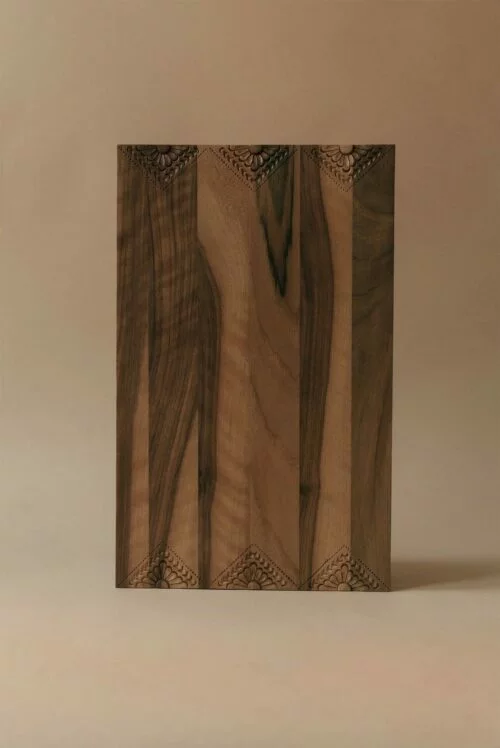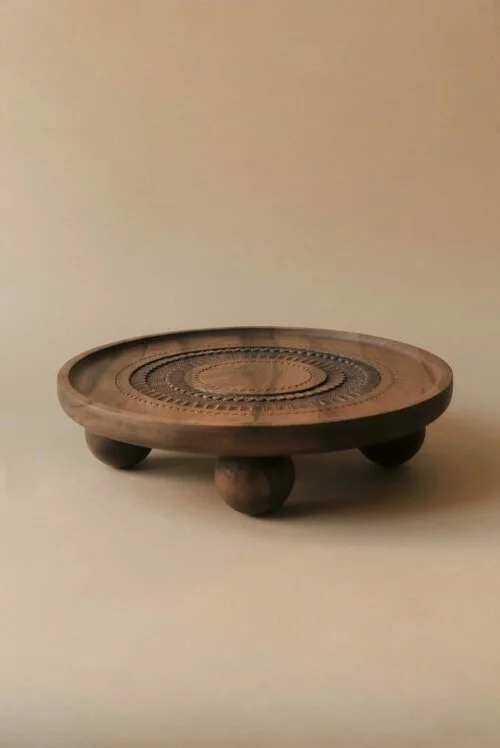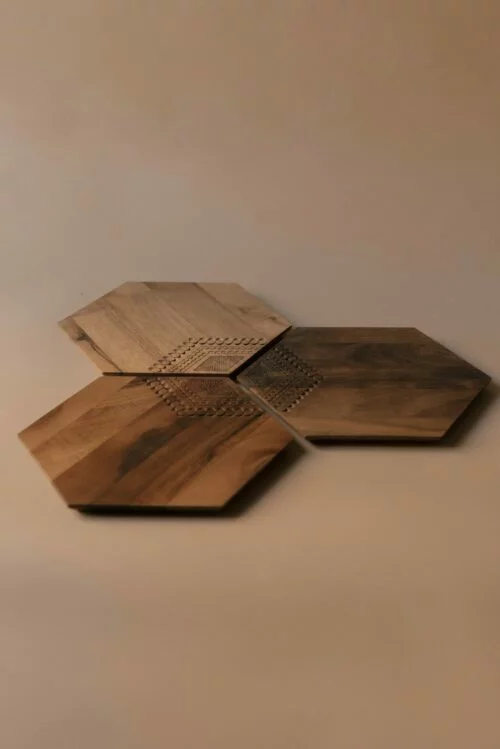Conversations in Craft: The Creative Process of Gasha Miladinović
In a world where fast fashion often eclipses true artistry, WAGA is committed to showcasing the beauty of craftsmanship and timeless design. As part of our mission to celebrate heritage and creativity, we sat down with stylist Gasha Miladinović to explore the intersection of style, craft, and enduring elegance.
The Essence of Gasha's Choice in Style
The ethos of craftsmanship is vividly embodied by stylist Gasha Miladinović, whose work seamlessly merges creativity with a deep appreciation for detail and tradition. Through her unique perspective, we take a closer look at her creative process and the art of curating timeless style…
Could you share the last fashion-related screenshot on your phone? What moved you to capture it, and how does it relate to your creative process?
“This is a collage from Carlijn Jacobs’ work for W magazine in collaboration with one of the most important stylists and image makers of today- Katie Grand.
I like the disco-punk aesthetic of these images, especially when they are put in a collage like this. I love disco, punk and collages. Although, I do see other references as well such as 20s or geishas. There are always things that one is innately attracted to, and for me, this is one of those things. I like the mood and the colors and I like to look at things that inspire me. I like to look for references in a certain look, even though it is not currently related to a particular creative process!”
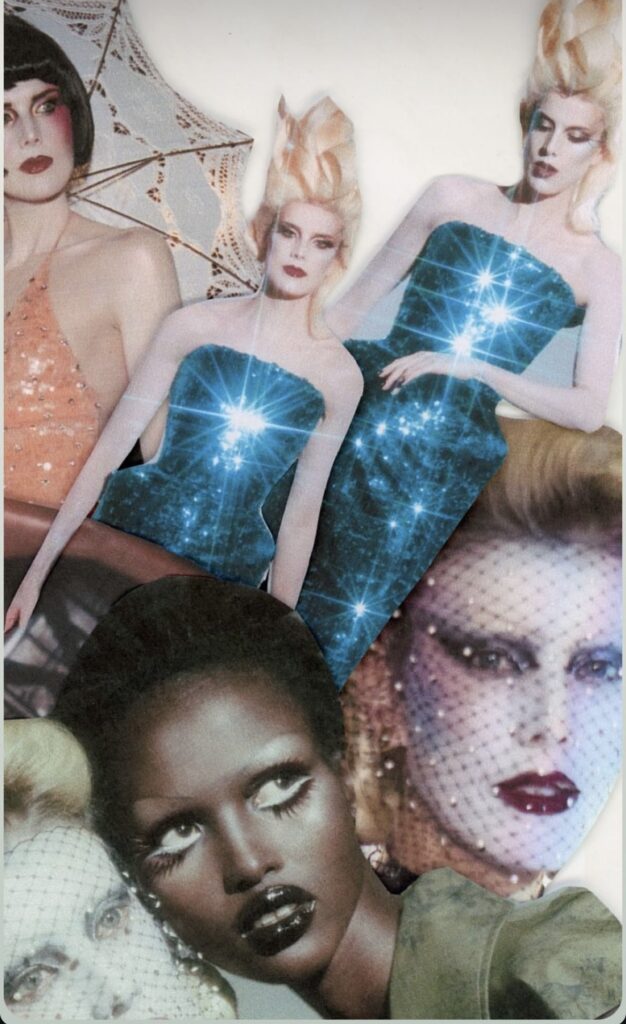
Fashion often blends tradition with innovation. How do you incorporate traditional craftsmanship techniques into modern design while staying true to their origins?
“I think that understanding and respecting the tradition is crucial. Designers must deeply understand the cultural and historical context of the traditional craft, respecting its original techniques, materials, and purpose to ensure and preserve authenticity.
Updating the traditional materials used can make the designs more durable and relevant to contemporary audiences. For example, using eco-friendly or technologically advanced materials that still reflect the essence of the original craft.
Collaboration and working directly with artisans is crucial and it ensures that the techniques are applied correctly. It also helps modern designers learn from the craftspeople and honour the cultural knowledge.
Also, many traditional crafts inherently promote sustainability, as they rely on natural, locally sourced materials and manual processes. Incorporating these values into modern design enhances both the environmental and cultural sustainability of the product.”
Which historical fashion movements or craft traditions do you find most inspiring, and how do they influence your approach today?
“Well, personally my favorite fashion movements is punk and new romantics even though they are a bit opposing as new romantics was a response to the simplicity of punk.
The punk movement, which emerged in the mid-1970s, has had a profound influence on fashion, art, and culture. Its core elements—DIY ethos, rebellion against societal norms, and an anti-establishment attitude—have permeated modern design in ways that continue to inspire creativity and innovation. “
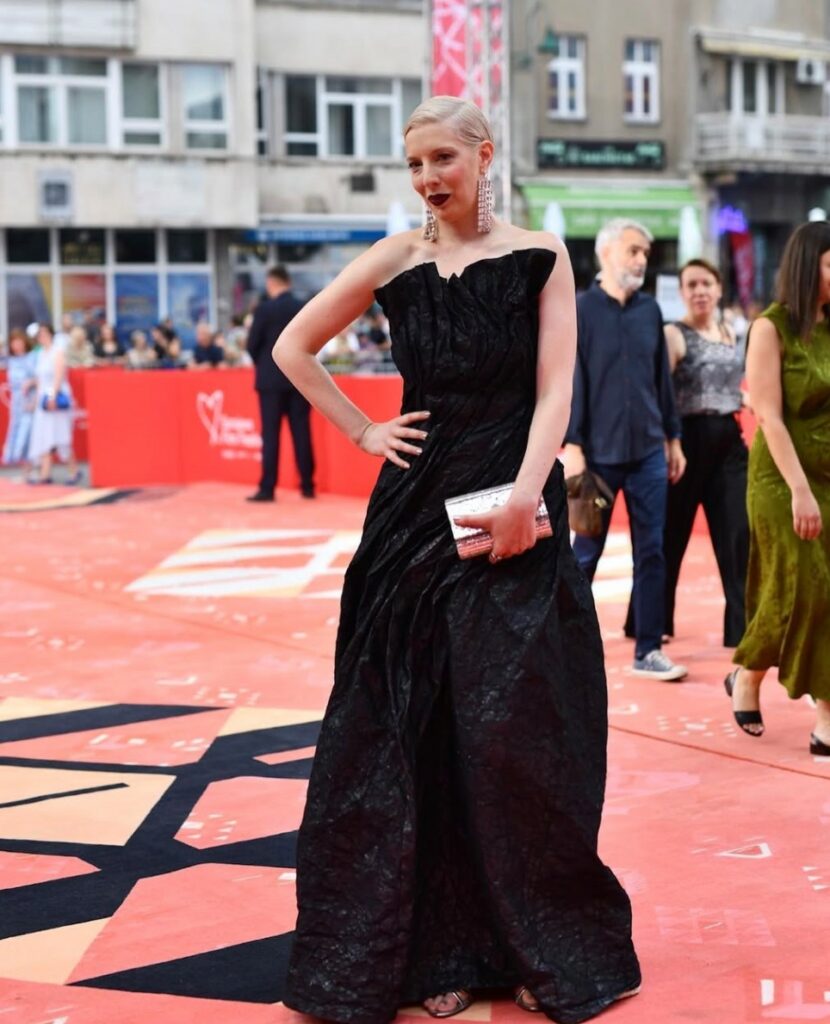
Instead of the rebellious, DIY aesthetic of punk, the New Romantics embraced flamboyance, theatricality, and fantasy, drawing inspiration from historical and literary sources, such as the Victorian and Edwardian eras, as well as 18th-century dandies and pirates.
This style was closely associated with the club scene in London, especially iconic venues like Blitz and Taboo, where artists, musicians, and fashion designers gathered to experiment with extravagant looks.
For me, the London club scene of this period is one of my favourite things.
In terms of my creative approach, I think it reflects in my approach to consumerism and buying-there is a way to do it more consciously. Thinking and playing with styling is a very important sustainable practice.
When buying new things, it is great to think of at least 3 different ways how you can style and use them. Also, before throwing out things, see if you can re-design them and make them more modern or again, re-style them.
In the sense of traditional crafting- I love any indigenous traditions. From material making to lacing and crocheting. And I love it when somebody cleverly modernizes it with a strong concept or technique upgrades.”
What role does a deep understanding of materials and techniques play in selecting pieces for your own collection or for your clients?
“A big role. I want to understand how a certain material behaves, where it comes from, its impact on the environment and its impact on my body. I want to know how long it will last. All of these thoughts and decisions go into the selecting to buy a piece. Will I use it often, can I combine it in many ways? Also, obviously looking at the style and design it will stand the test of time.”
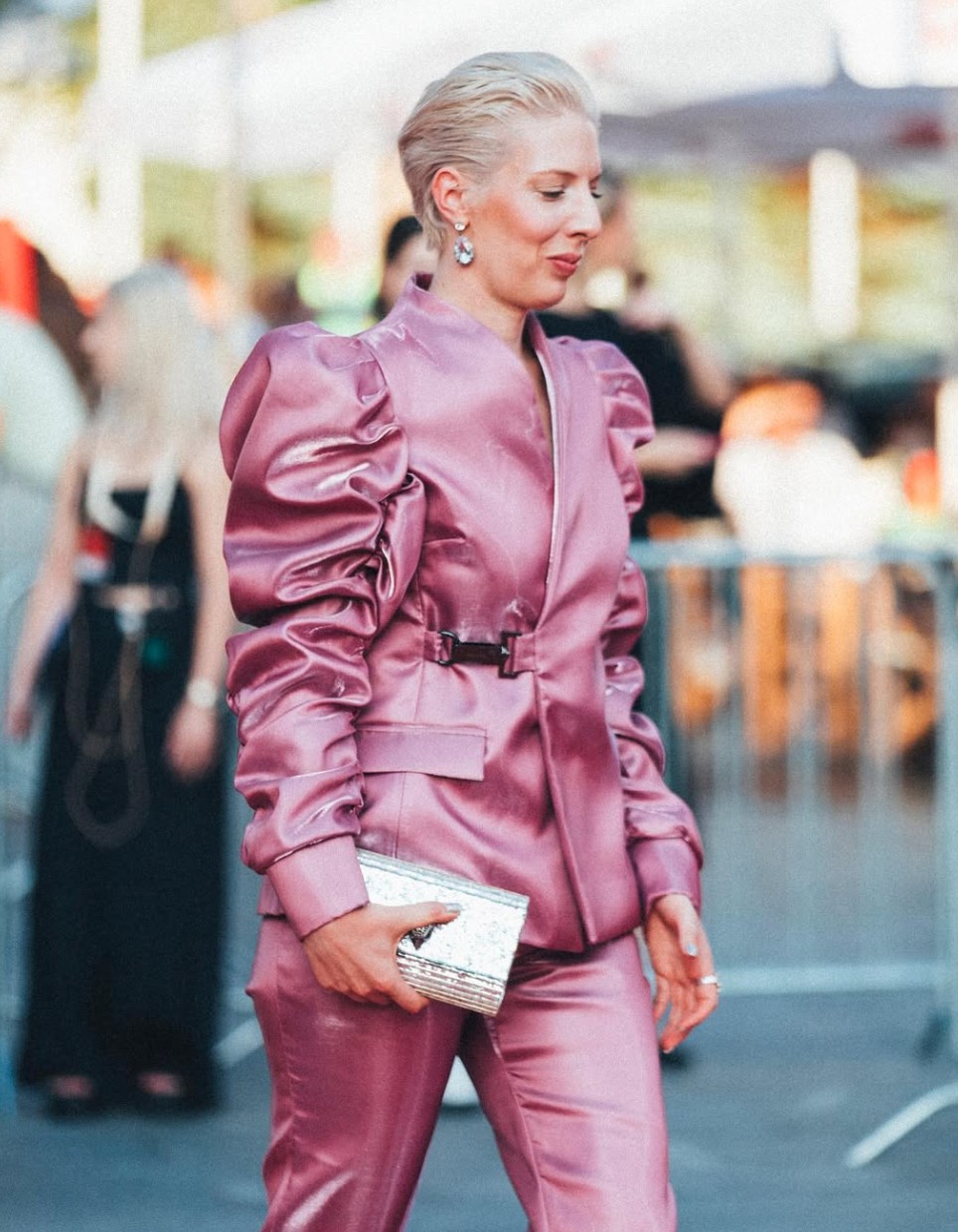
Can you walk us through the process of recognizing a piece that will stand the test of time in both style and craftsmanship?
“Somehow, I think that is obvious when you take a piece in your hands having considered all the things mentioned above. Even if you don’t know anything about the materials, there is a difference when you hold and feel things.
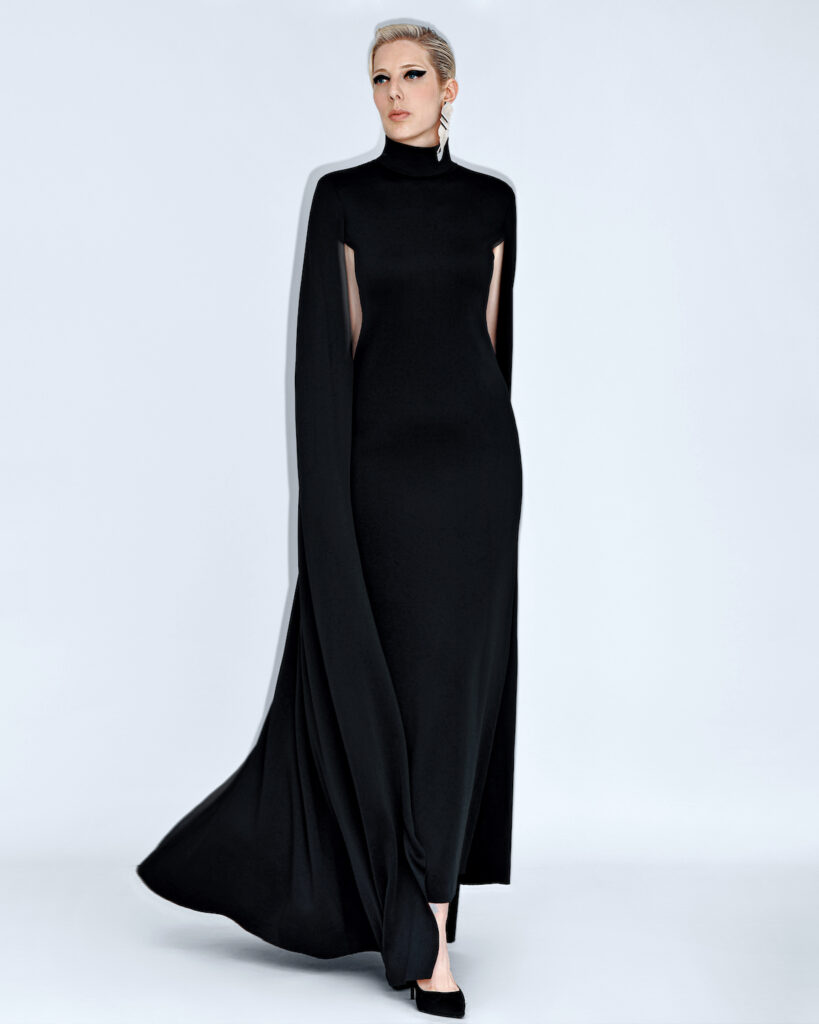
One of the most important things is material and how well it is made. Looking at the stitching and the details of how the piece was made. In terms of style it is never the trendy screaming, in-your-face item. It is the material, the subdued color and thing that you can combine in 10 different ways style it, downstyle it and transform it.”
Handcrafted fashion often tells a story through its details. How do you use these elements to craft narratives within your work, whether for personal style or client styling?
“Handcrafted fashion is rich in storytelling because each detail, from fabric choice to stitching technique, can convey meaning, history, and personal identity. In both personal style and client styling, these handcrafted elements allow for storytelling that’s intimate and expressive.
Each detail is a choice, a piece of meaning woven into the fabric, creating a narrative that’s both personal and universal. That can be done through material and fabric selection for example. Every fabric carries cultural and symbolic significance.
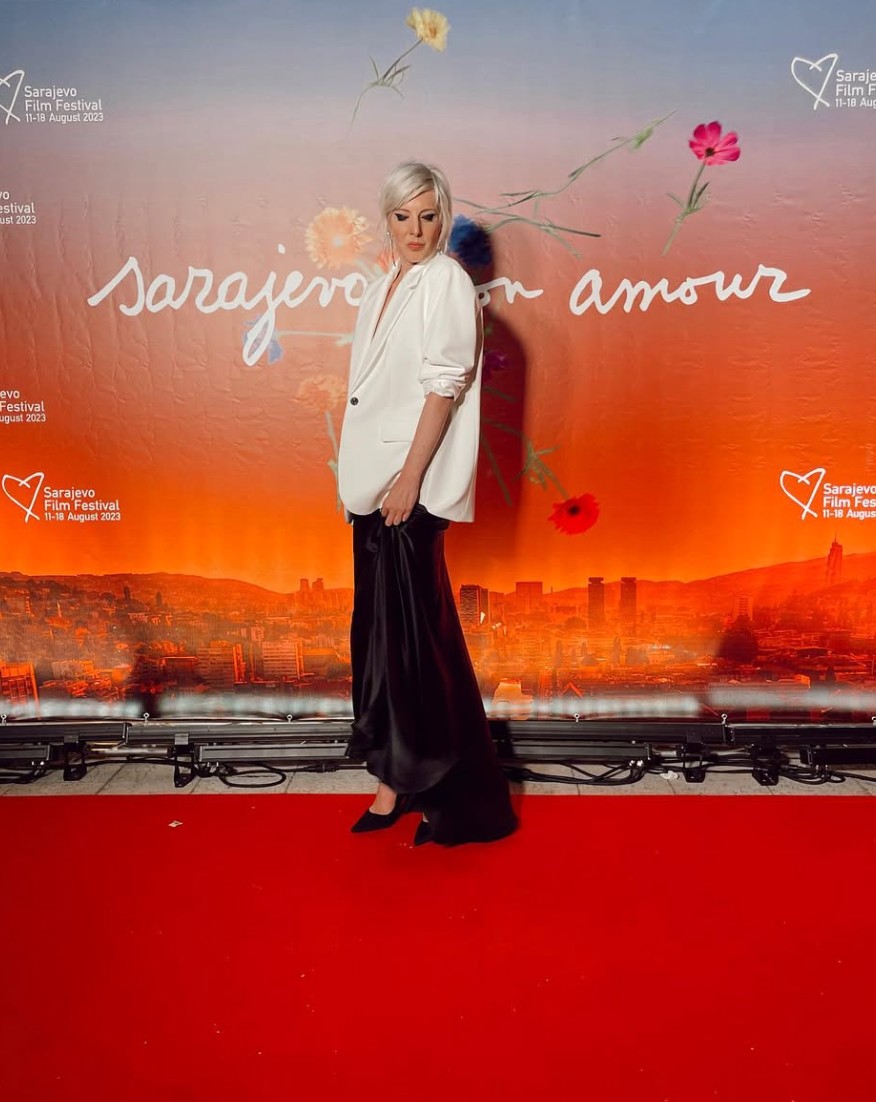
For example, using handwoven textiles from specific regions can pay homage to that area’s heritage and traditional techniques Natural fibers like wool, linen, or cotton can convey themes of sustainability and connection to nature, while luxurious materials like silk or velvet might evoke a story of opulence or timeless elegance.
Embroidery, patterns and certain symbols can also tell a personal story of heritage and style. Also, deconstructed or asymmetrical pieces can be used to represent themes of disruption, freedom, or breaking away from tradition. Adding personalized details, such as initials, hand-sewn labels, or custom colors, makes each item uniquely tied to the wearer.
For client projects, I will discuss any specific symbols, colors, or design elements that are meaningful to them to create something that feels deeply personal.”
Can you describe a moment when a particular handcrafted item, whether clothing or accessory, made a significant impact on your vision or style?
Even though it is not one single piece, but most recently it was Martin Margiela’s artisanal collection 2024 by John Galliano that completely blew my mind. John’s full creative process and thoughts and techniques behind each piece in the collection is beyond. I am sure it will be studied for years to come. He is a true genius and master in combining craftsmanship and modern design techniques.
What future projects are you most excited about that will showcase Bosnian craftsmanship or traditional techniques in a modern light?
“I am obviously excited to see new collections from Waga – I heard that exciting collabs are in the air!”
How do you plan to use your platform to enhance global appreciation for handcrafted fashion, especially with a focus on Bosnian craftsmanship?
“I always promote local design and craftsmanship, try to use it in my shoots, wear it, recommend it to clients or buy it as gifts when travelling.”
Out of all WAGA's creations, which piece do you feel best exemplifies the union of artistry and functionality, and what first drew you to it?
“Well, I have two! I love the Buna cutting board and I have had it forever. I make mezze boards with it and I love how it feels in my hand, it is sturdy yet soft to the touch. The second product is something newer: the MATI incense holder. I love fragrant homes and I always look for beautiful and functional incense stick holders. I look forward to seeing more home decor pieces from WAGA in the future.”
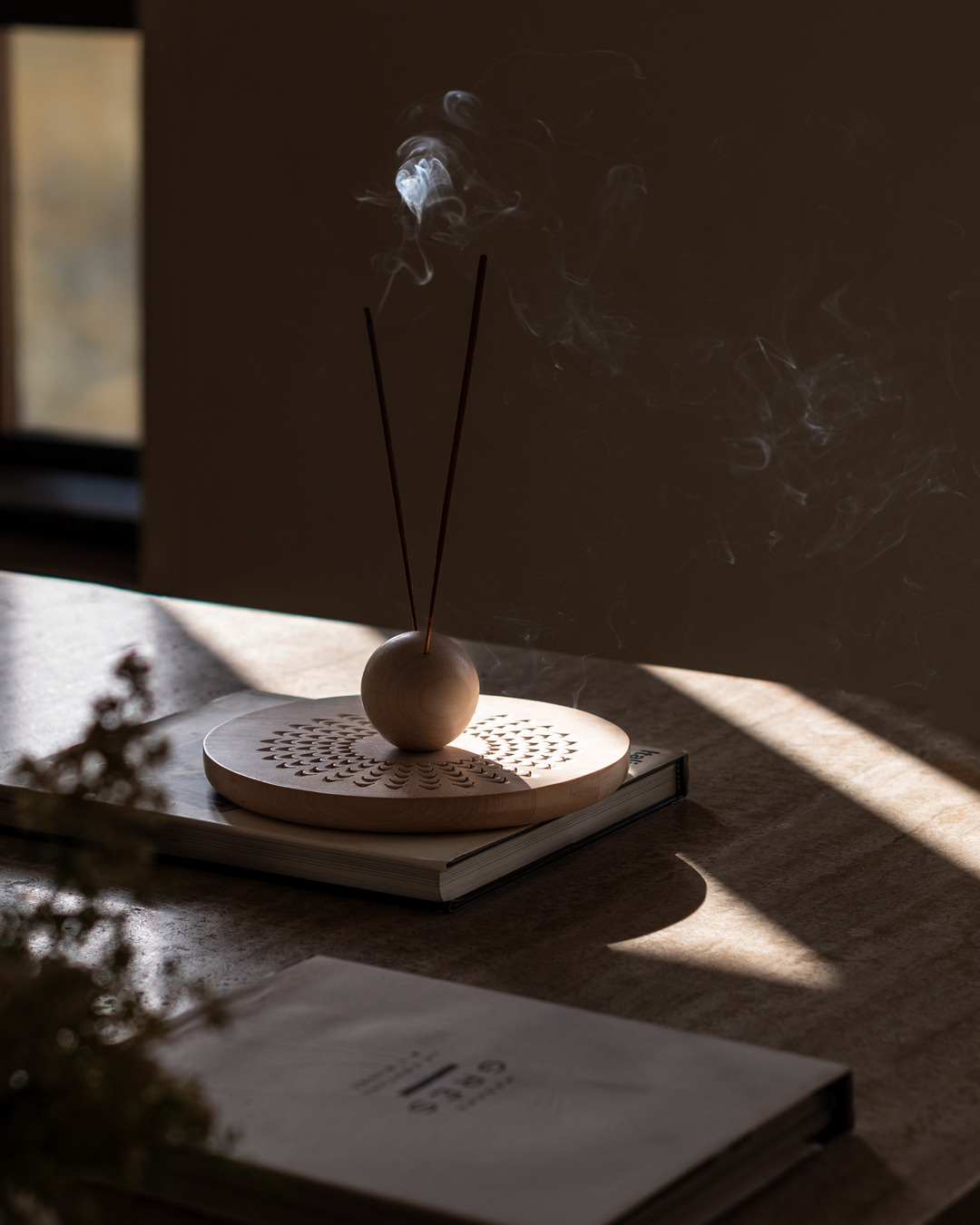
true artisanship is timeless, and its future is as rich and promising as its history.
